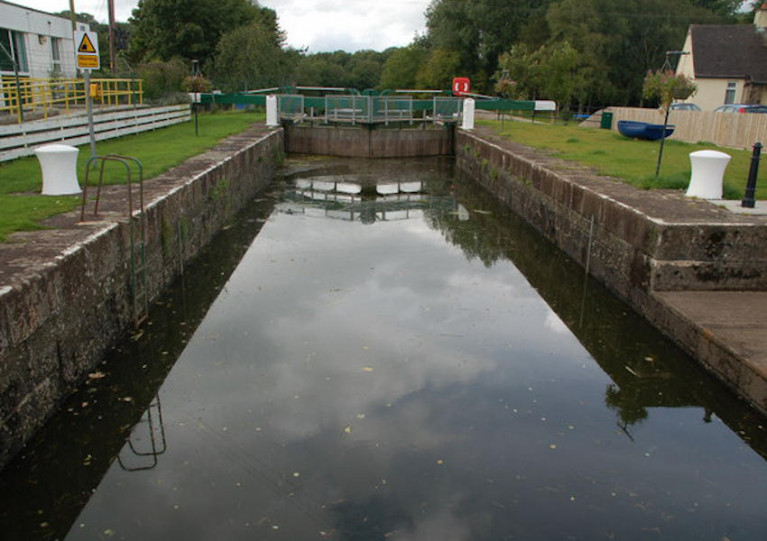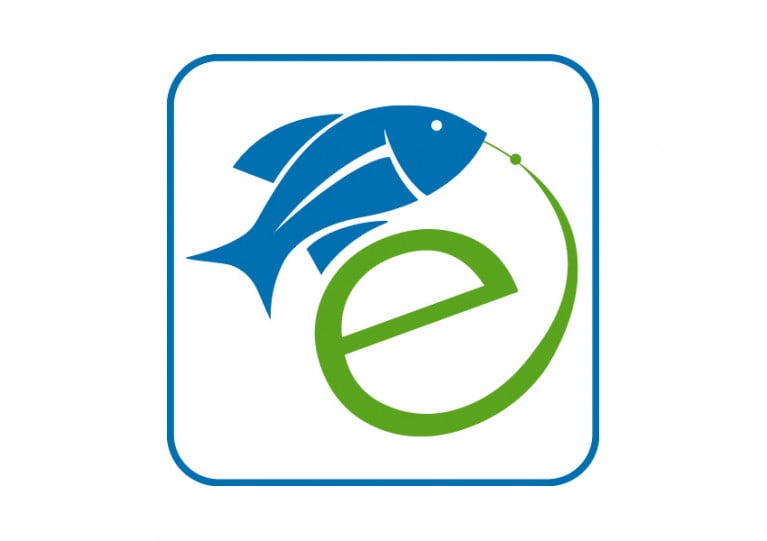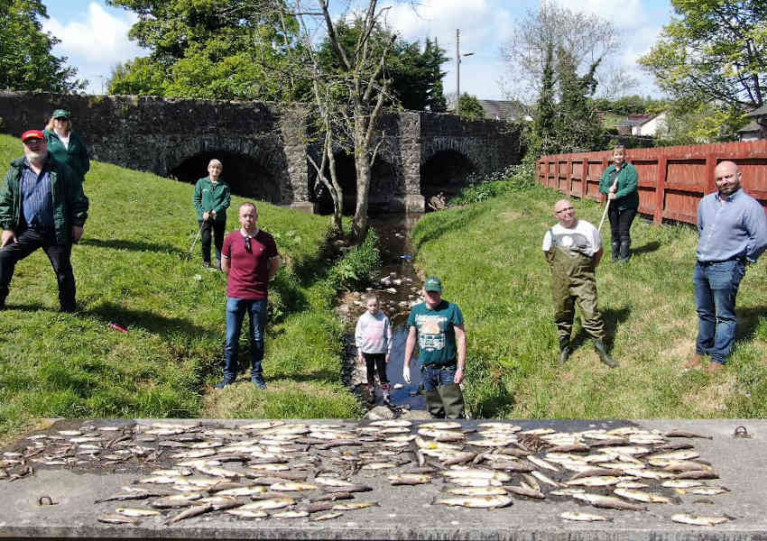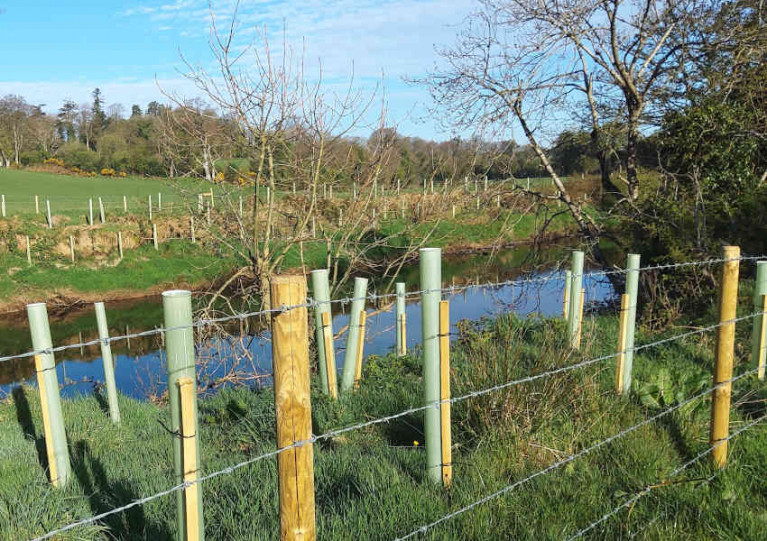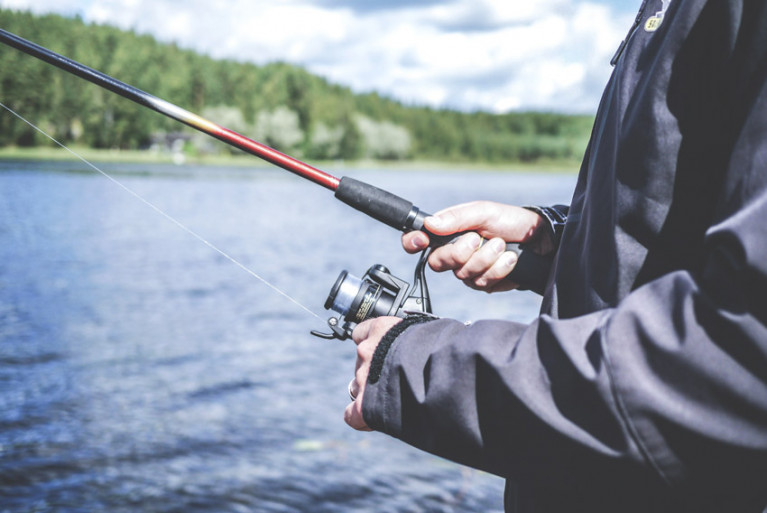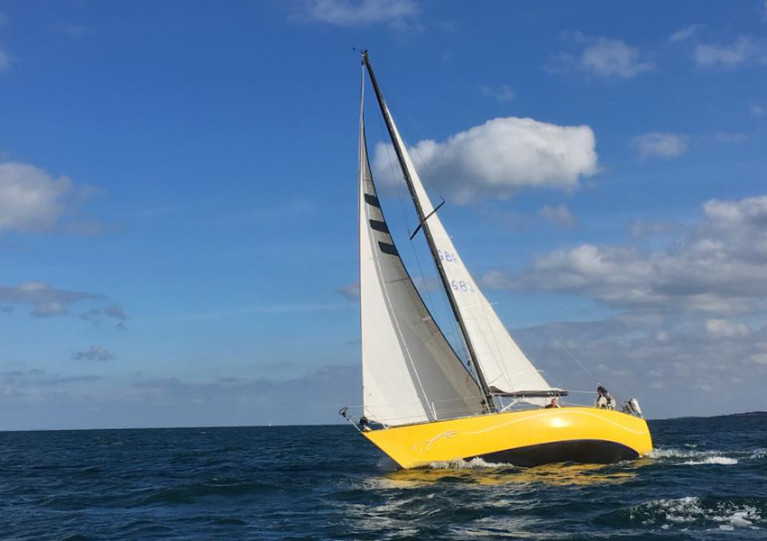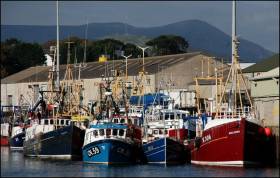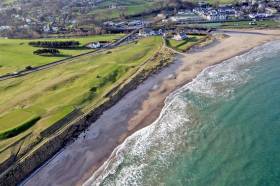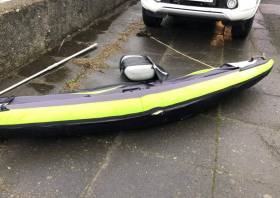Displaying items by tag: Northern Ireland
Following more easing of Covid-19 restrictions announced by the Northern Ireland Executive, plans are being made by Waterways Ireland to reopen its navigations north of the border — the Erne System, Lower Bann and on the Shannon-Erne Waterway — to boating from next Friday 29 May.
The cross-border body for Ireland’s inland waterways says it is working to roll out health and safety procedures and protocols to ensure the safe return of both staff and boaters to these navigations.
Private boaters undertaking short trips on the water, as permitted under the new restrictions, are reminded to proceed with caution as navigations and their facilities have not been fully maintained since lockdown began in late March.
“It will take time to reopen the above navigations,” Waterways Ireland said in a statement. “We expect they will reopen on May 29th.
“Waterways Ireland’s locks and service blocks will remain closed in line with the five-step roadmap to recovery [in Northern Ireland]. We recognise the situation is constantly changing.”
It added that updates prior to reopening will be made via marine notices, on the Waterways Ireland website and via social media channels.
The Inland Waterways Association of Ireland (IWAI) yesterday welcomed to the return of boating to Lough Erne with a list of recommendations to keep everyone safe on the water.
Northern Ireland’s Return To Angling Has Come ‘Out Of The Blue’ For Fisheries Staff, Says MLA
A South Antrim MLA says fisheries staff in Northern Ireland have not been given enough time to prepare for the safe return of angling in the region, as the Belfast Telegraph reports.
Alliance’s John Blair was responding to the decision by DAERA Minister Edwin Poots to allow the gradual reopening of public fisheries to local anglers from tomorrow, Monday 18 May as part of Northern Ireland’s ‘roadmap to recovery’ plan.
The move, which comes two weeks after a limited return to fisheries began in the Republic, has been welcomed by angling representatives in the North.
But Blair says the announcement “came out of the blue” and has left “major questions” to be answered over maintaining the health and safety of both anglers and fisheries staff.
The Belfast Telegraph has more on the story HERE.
Loughs Agency eLicence Portal Now Back Online
The Loughs Agency’s elicence website is now back online and anglers can purchase licences for the Foyle and Carlingford areas.
Anglers are individually responsible for compliance with their government’s advice and guidance. Anglers should keep up to date with the latest advice from the Public Health Agency (PHA) in Northern Ireland and the Health Service Executive (HSE) in Ireland.
Loughs Agency offices remain closed and the normal licence distributor network is also still under lockdown conditions. Therefore, anyone wishing to purchase a licence should do so through the elicence website.
For anglers requesting carcass tags when they purchase a licence online, these will be posted to your address. Anglers should take this into account when purchasing.
For anglers purchasing a Loughs Agency endorsement licence, please ensure you have already purchased a full season licence or concession licence from DAERA or a full season or district licence from Inland Fisheries Ireland (IFI). Loughs Agency carryout checks with our colleagues in DAERA and IFI to validate licence purchases.
If you require a Loughs Agency permit for Foyle, Finn or Greenbraes, please contact the Loughs Agency on +44 (0) 2871 342100 (Mon-Fri 9am-5pm).
Illegal fishing or pollution concerns can be reported through the Loughs Agency’s Waterwatch reporting tool online or through the 24-hour response line on +44 (0) 2871 342100.
If you require any further assistance, call the Loughs Agency at the above number during normal weekday office hours or email [email protected]
Anglers’ Anger Over Fish Kill in Co Antrim River
Anglers in Co Antrim have expressed their anger after more than 1,000 wild brown trout were killed in a pollution incident at the weekend.
As the Belfast Telegraph reports, members of the Glenavy Conservation and District Angling Club spotted a number of distressed fish gasping for air in the Glenavy River on Friday (8 May).
An initial count of some 500 dead fish was later doubled to over 1,000, linked to what the angling club suggests was a pollution incident close to the Gobranna Road in Glenavy.
“Hundreds, possibly thousands” of other, smaller fish such as stone loach were also “wiped out” in the fish kill, says club chairman Anthony McCormack.
The Belfast Telegraph has more on the story HERE.
In Northern Ireland, the Loughs Agency has been working in partnership with the Woodland Trust, NI Water, angling clubs, landowners and others to plant in excess of 20,000 native trees to help improve fishery habitats.
Native tree planting is a great way of improving land and aquatic habitats as it delivers many benefits, says the agency for the Foyle and Carlingford fishery areas.
Tree root systems stabilise uplands and reduce the risk of landslides into water courses. Rainfall is intercepted by trees which slows river flows and flood damage is reduced. Debris from fallen trees protects against bank erosion and provides cover and food for fish and invertebrates.
Most importantly, riverside planting keeps rivers cool and protects salmon and trout during hot droughts.
Sharon McMahon, Loughs Agency chief executive, said: “The threat from climate change to river ecosystems cannot be ignored.
“Trees, shrubs and other vegetation create valuable shade, reducing the temperature of our waterways and deliver a range of other ecological benefits. Loughs Agency are continuing to find innovative ways to mitigate against the effects of climate change to keep our rivers cool for freshwater wildlife.”
In recent years, the Loughs Agency has conducted several large-scale, native tree planting projects. Thousands of saplings have been planted at the Reelan and Cronamuck rivers in the Finn catchment, the Glenedra and Burntollet Rivers in the Faughan catchment and the along the River Roe.
And the Loughs Agency says it is always eager to develop collaborative projects with local partners. If you belong to an organisation which is interested in protecting and improving local aquatic habitats, contact [email protected]
Stormont Minister Closes Northern Ireland’s Angling Waters In Efforts To Control Covid-19
All DAERA angling waters in Northern Ireland have been closed with immediate effect in efforts to control the spread of Covid-19, as the Newry Times reports.
The confirmation comes from Edwin Poots, Stormont’s Minister for Agriculture, Environment and Rural Affairs, who said: “The message is clear to our anglers, many of whom are in the older age group, stay safe – stay home.”
While NI Water supports the minister’s stance for angling waters under its purview, the Loughs Agency has not yet moved to close the Foyle and Carlingford areas to local anglers.
But it said anglers, angling clubs and fishery owners in advised to adhere to UK Government and Public Health Agency advice and new regulations under which no one may leave their home without ‘reasonable excuse’, such as shopping for food and medicine, or travel for key work.
Northern Ireland Sailing Group Rides The Online Waves
Sailing and Cruising NI is RYANI’s newest affiliated body, and over the last two years has established what’s been described as a “one stop shop run by sailors for sailors” in Northern Ireland.
In a new interview with RYANI development officer Mary Martin, founder Chris Cardwell sings the praises of the predominantly online club — an impactful, open platform which “provides immediate access to the largest group of sailors in NI”, currently comprising more than 2,000 menders.
These members come from all the sailing clubs in Northern Ireland, keeping everyone in the loop on upcoming meetings and events, crewing opportunities and buy/sell deals.
But many are based further afield, in Ireland and across the UK. And the group is also open to members with various marine-related interests, from kayakers and cruisers to fishermen and emergency crews.
“We encourage members to post their activities on the group to inspire others,” says Cardwell. “This is particularly true over the winter period when many are out of the water.”
RYANI has more on the story HERE.
Kilkeel Makes Waves With First Woman Harbour Master
Co Down woman Danielle Rooney has started her “dream job” as harbour master at Kilkeel, as The Irish News reports.
The 28-year-old is believed to be the first woman to hold such a role within the Northern Ireland Fisheries Harbour Authority.
She succeeds Michael Young, who has moved down the coast to Carlingford Harbour in Co Louth.
Rooney will be sharing her harbour duties with her existing role as station officer for Kilkeel Coastguard.
“Safety is a big priority for me so combining that with my great passion for the water hopefully will bring success for the harbour,” she says.
The Irish News has more on the story HERE.
Rip Current Possible Cause Of North Coast Drowning Tragedy
A sudden and violent rip current may have been the cause of a tragedy at a Northern Ireland beach in which one woman drowned, an expert has said.
Two women, part of a group of experienced cold water sea swimmers, got into difficulty off Ballycastle on the North Coast in Co Antrim yesterday morning (Monday 9 December).
One of the women died in the incident, and was later named as local community midwife Deirdre McShane. The other was taken to Causeway Hospital in Coleraine with suspected hypothermia.
Speaking to the Belfast Telegraph, physiology expert Professor Mike Tipton of the University of Portsmouth suggested that experienced cold water swimmers are unlikely to put themselves in danger — meaning that a sudden rip current could have taken the two victims by surprise.
The Belfast Telegraph has more on the story HERE.
Appeal For Owner Of Abandoned Kayak In Co Down
Belfast Coastguard in Northern Ireland is appealing for the owner of a kayak found washed ashore at Millisle in Co Down.
The discovery of the green-and-black inflatable kayak yesterday morning (Monday 25 November) prompted a search operation in the area of the Ards Peninsula south of Donaghadee.
Searches by Bangor Coastguard, the Donaghadee lifeboat and a specialist dog search team were stood down yesterday evening, and now Belfast Coastguard is appealing to return the vessel to its owner.

